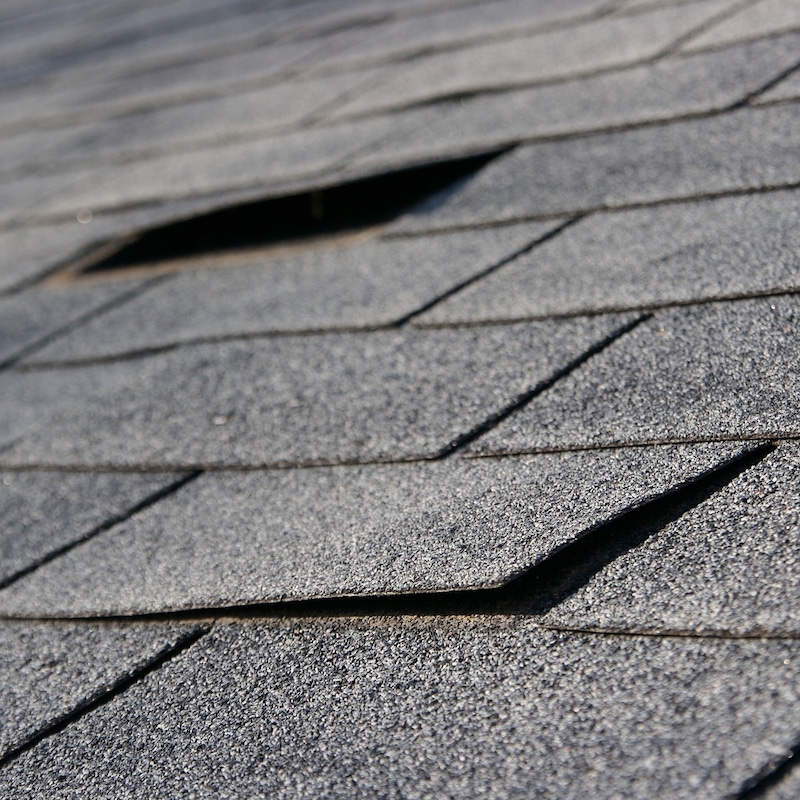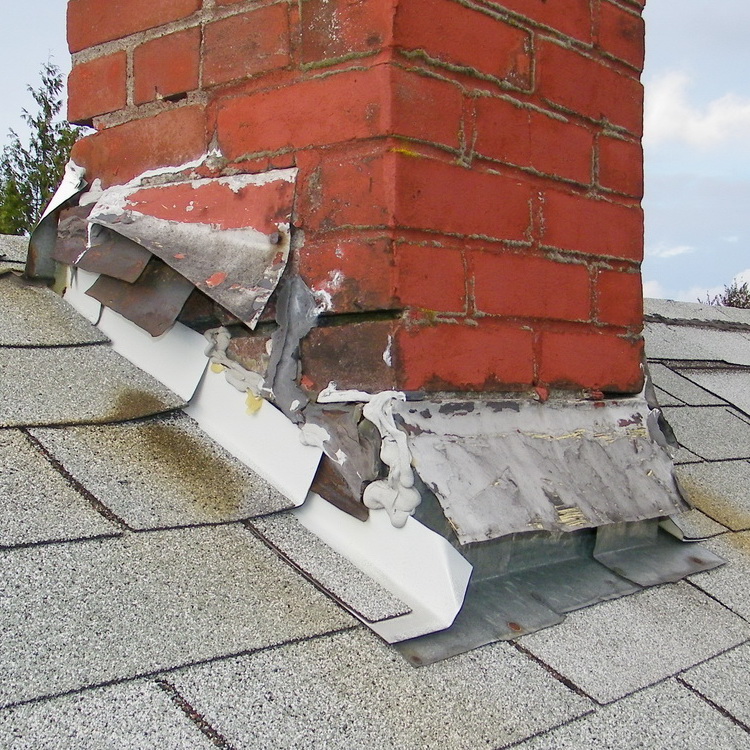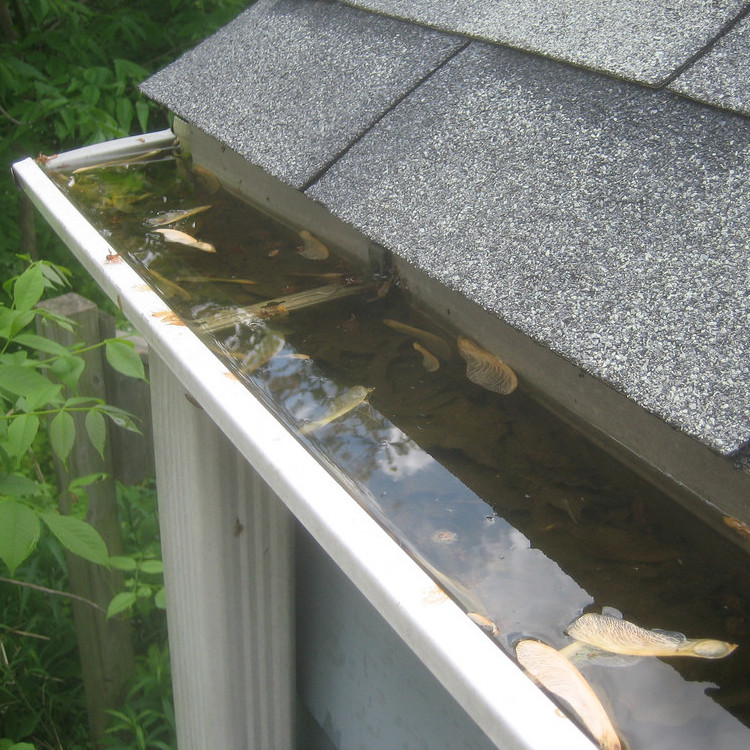Even after a winter as mild as the one we’ve just had, it is still advisable to do an early spring roof inspection. The passing of itself increases the likelihood of a development which could cause either near-term or represent the beginning of a longer-term issue that compromises your roof. As the old adage goes, an ounce of prevention is worth a pound of cure.
With that said, there are some notable issues for which you should be on the lookout during your roof inspection. If you are going up on a ladder, make sure it’s secure, that your shoes are cleared of anything slippery and that someone knows you are going aloft.
Damaged Roof Shingles
Roof shingles are the outermost protective layer of the roof. Once they’re damaged, water, ice, and other debris can seep into the roof, cause leaks, and compromise the roof’s structural integrity. You should be on the lookout for them during your roof inspection.
Missing or broken shingles are the biggest problem as they enlarge the space where water and ice can enter. They need to be replaced. Also, check for curling, clawing, or buckling shingles which expose the more vulnerable underside of the shingle and are highly susceptible to wind and ice damage.


Loose, Detached or Cracked Flashing
Flashing is the typically metal area around protrusions in your roof: chimneys, skylights, pipes and vents. Any damage to this allows water an entrance under your roof and into your home, causing water damage and rotting wood.
Because of its size, the flashing around chimneys can be particularly vulnerable to damage which can lead to water incursion. Sometimes the damage is apparent; other times you need to really look during your roof inspection. If you notice any water stains near your fireplace or furnace, chimney flashing should be your first inspection.
Clogged Gutters
After long periods of winter wind, rain and snowfall, gutters may have accumulated tree branches or twigs, seeds, dead leaves and other easily-blown debris. When built up, this can clog the gutters and start wood to rot. What’s more, it’s important to check your gutters for an excessive amount of roof shingle granules – a sign that your shingles may not be holding up.
During your roof inspection, be sure to clean out any build-up of granules and debris in your gutters to help prevent damage from gutter overflow. Also, while inspecting the gutters, it’s a good idea to make sure they are firmly affixed to your house. The best time to address a loose gutter is when it’s 60 degrees and sunny, as opposed to next winter when it’s 20 degrees and snowing.

Unstable Roof
Finally, while there weren’t many days of heavy snow accumulation this past winter, a weakening roof from winters passed may have finally paved the way for an unstable roof. When inside your house, check for sagging ceilings, consistent creaking noises, and doors and windows that are difficult to open.
If you would like assistance with any of these inspection steps or if you’ve discovered something that causes concern, please contact us for a free estimate to rectify the situation. Addressing an issue when it is still minor can prevent a major repair or total replacement before it’s necessary.
